Permit me a moment, for a Presidential ghost story. A true tale shared for your Halloween enjoyment, a narrative to reach out to that icy spot at the back of your neck. The one that makes you ask yourself…was that a ghost? But we are civilized women and men, are we not? We know there are no such things as ghosts…Right?
Albany, New York businessman Jared Rathbone passed away in 1845, leaving a considerable fortune to his widow Pauline, and their four children.
New York Supreme Court Justice Ira Harris, himself a widower, joined his household with hers when the couple were married, in 1848. His four were added to hers making eight, a regular 19th-century “Brady Bunch.”
Pauline’s son Henry and Ira’s daughter Clara became close friends and later, more. Much more. They were step-siblings, yes, but there was no “blood” between them. Such a relationship seems not to have been so ‘odd’ back then as it may seem, today.
With the incoming Lincoln administration, Ira Harris was elected to the United States Senate, replacing Senator William H. Seward who’d been picked to serve in the new administration.
By the time of the War between the States Clara Harris and Henry Rathbone were engaged, to be married.
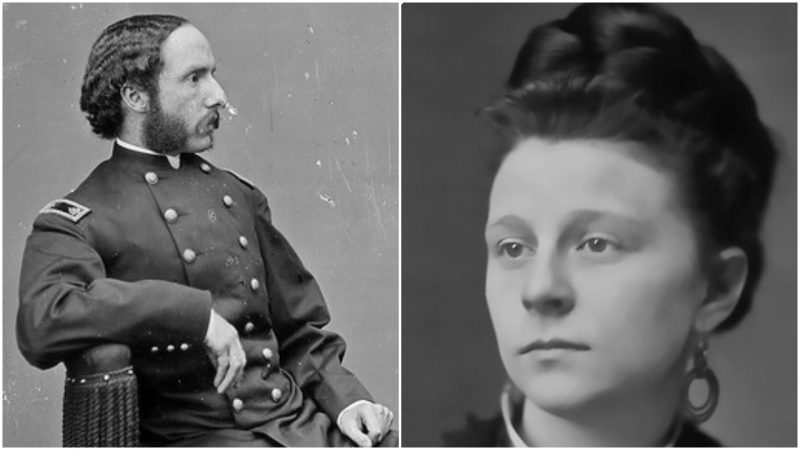
Rathbone served for the duration of the war in the Union army, becoming Captain in the 12th Infantry Regiment and participating in the battles at Antietam, and Fredericksburg. By the end of the war he’d attained the rank, of Major.
Meanwhile, Senator Harris’ daughter Clara formed a friendship with the First Lady of the United States, Mary Todd Lincoln.
If a picture is worth a thousand words, before and after photographs tell of the burdens, borne by the chief executive of a nation at war with itself. Making matters worse, by war’s end the Lincolns had lost two of their four boys, in childhood. The war was all but over in April 1865. A night out must have seemed like a welcome break. An evening at the theater. A play, the three-act farce by English playwright Tom Taylor. “Our American Cousin”.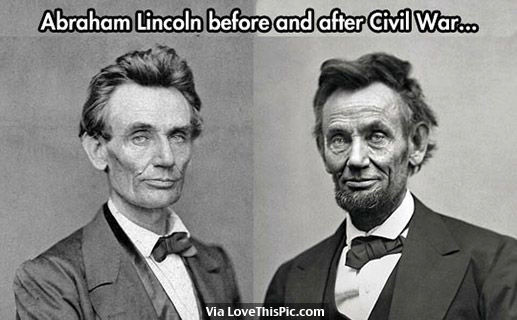
The Lincoln’s companions for the evening were to be General Grant and his wife, Julia, but the General had other plans. It was probably convenient, because the ladies didn’t get along. Mary suggested her neighbor Clara Harris, of whom she was quite fond. And besides, didn’t her fiancée cut a dashing figure, in his blue uniform.

The story of that night is familiar. The assassin creeping up from behind. The bullet to the head. The Major lunging for the killer but…too late.
John Wilkes Booth was himself one of the great performers of his day, with the actor’s impeccable sense of timing. The assassin had chosen his moment, carefully. Raucous laughter and applause could be expected to follow the line “Don’t know the manners of good society, eh? Well, I guess I know enough to turn you inside out, old gal — you sockdolagizing old man-trap!”

The bullet was fired at point-blank range, entering the President’s skull behind the left ear and coming to rest, behind the right eye. Rathbone sprang to the attack but the assassin was ready, the dagger slashing the major nearly bone-deep, from shoulder to elbow. Rathbone made one last lunge, knocking Booth off balance as he leapt from the bunting to the stage, below. Witnesses remembered the cry “Sic Semper Tyrannis”. Thus always, to tyrants. And then, he was gone.
In the President’s box, all was chaos. The first lady was inconsolable, sobbing, apoplectic, shrieking like a wildcat. Rathbone was losing blood at a prodigious rate, a major artery severed in the fight.
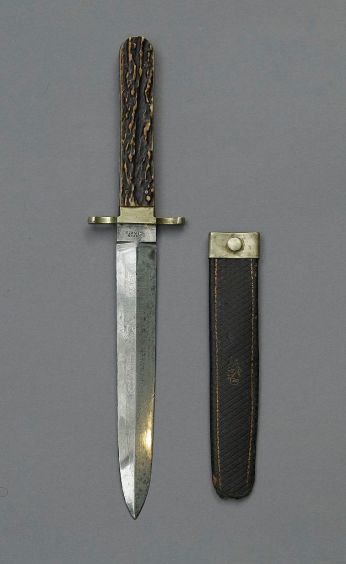
Clara’s new dress was drenched in the blood of her fiancée, her face splashed and clothing soaked through layers of petticoats to the skin, beneath. The small group was taken across the street to the Peterson house, the President laid out on a bed. Henry Rathbone faded in and out of consciousness due to loss of blood, raving in his delirium how he should have caught the assassin, his head on Clara’s lap, her handkerchief stuffed into the void where the bicep, used to be.
She didn’t even have time to wash her blood-spattered face. Mary Lincoln would just begin to calm down when she’d turn and see Clara and fall apart, wailing “My husband’s blood!”.
It was the Major’s blood, but, no matter. Perception is reality, isn’t it? The death vigil lasted this way, for nine hours. The 16th President of the United States passed away at 7:22 the following morning, April 15, 1865.

Major Rathbone would heal in time, but he never came to terms with his failure to protect the President. He was tormented, distraught with guilt, unable to understand what he could have done differently, but, What!? Surely there must have been…Something.
Clara Harris couldn’t bring herself to wash that dress, nor even to burn it. She hung it in a guest room closet, blood and all, in the family’s vacation home in New York.
What demons afflicted the mind of Henry Rathbone can only be guessed at, as a mental illness which had no name, crept into his soul. He was possessed with that night. Was I not quick enough? Or brave enough? Or Strong enough? It was MY fault. A Better Man would have taken that bullet. Or Stopped that man. No he wouldn’t…yes he would…but…I…what, the, hell, is WRONG WITH ME???!!!
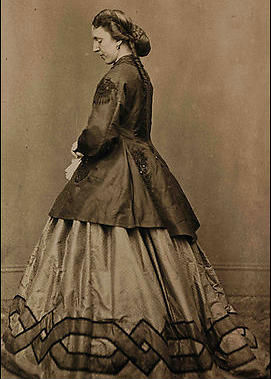
Washington DC was saturated with All Things Lincoln in April 1866, and Clara fled to the family home in Albany, to get away. There in that closet hung the bloody dress. On the anniversary of the assassination she heard laughter, she knew she did, coming down the hall. Abraham Lincoln’s laughter.
Others reported the same thing in the following years. The sound of laughter. A single gun shot.
But there are no such things as ghosts…Right?
Major Rathbone and Clara Harris were married in July 1867 and the couple had three children, Henry rising to the rank of brevet Colonel, in 1870. That was the year he resigned from the army but work remained hard to come by, due to increasing mental instability.
Rathbone convinced himself that Clara was unfaithful, that she planned to take the kids away. He would fly into rages with little or no provocation. She considered divorce but couldn’t bear the thought, nor the stigma.
Clara went so far as to have the closet bricked up with that dress inside, like Edgar Allen Poe’s Montresor bricked up Fortunato. That changed, precisely, nothing. The family traveled to Europe and back in search of a cure, but Rathbone’s condition only worsened.
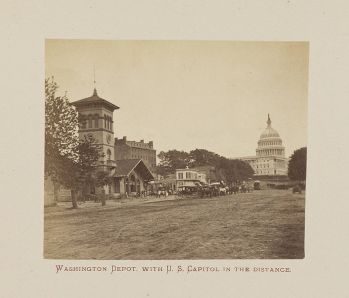
Despite all this or possibly because of it, President Chester A. Arthur appointed Rathbone US Consul to the Province of Hannover in Germany, in 1882.
“Trick or Treating” had yet to take hold by this time, back in the United States. For most, October 31, 1883 passed pleasantly enough: Fall festivals, children bobbing for apples, young women consulting mirrors or tossing nuts into fires, to see whom they would marry. Not so, Henry Rathbone. He had Monsters in his head.
Two months later, December 23, Henry Rathbone shot his wife, and stabbed himself, in the chest. Six times. He lived. She died.
He said he was defending his wife, against an attacker.
The three children, Henry Riggs, Gerald Lawrence and Clara Pauline went to live with relatives. Henry Reed Rathbone was convicted of their mother’s murder and committed to an asylum for the criminally insane in Hildesheim, Germany, there to spend the next twenty-eight years.
Henry Reed Rathbone died on August 14, 1911 and was buried, next to Clara.
In 1922, Henry Riggs Rathbone was elected to the United States House of Representatives. Twelve years before he had unbricked his mother’s closet and burned the hated dress, the dress that had stolen his childhood, murdered his mother, and cursed his father.
But there are no such things as ghosts…Right?

Afterward
Burial customs are different in Germany, than in the United States. Grave plots are generally leased for a period of 20 to 30 years, with an option to renew. In 1952, officials with the city cemetery at Hanover/Engesohde looked over visitation records and determined there was no further interest, in Clara Harris or Henry Rathbone. The couple was exhumed and their remains burned, and disposed of. Like neither one of them had ever lived.
But there are no such things as ghosts.
Right?














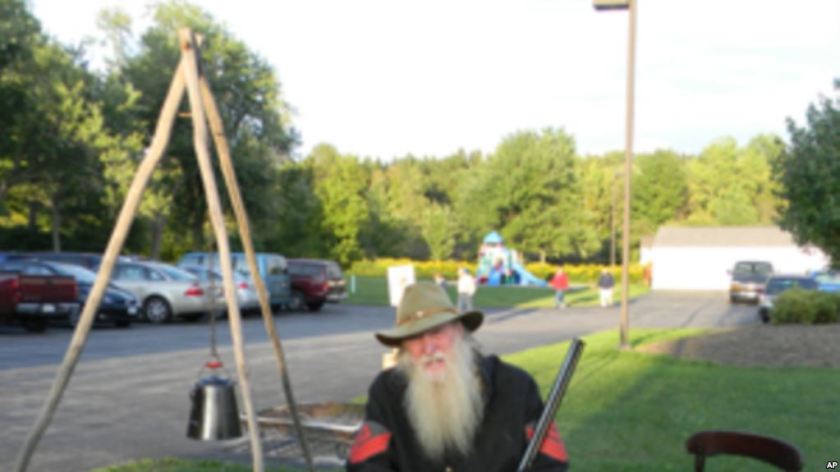

![4b4cf0f864c3dabcdb_IMG_7326[1]](https://todayinhistorydotblog.files.wordpress.com/2018/10/4b4cf0f864c3dabcdb_img_73261.jpg)






 The history of the Navajo code talkers of WWII is well known but by no means, unique. Indigenous Americans of other nations served as code talkers during WW2 including Assiniboine, Lakota and Meskwaki soldiers who did service in the Pacific, North African, and European theaters of the war.
The history of the Navajo code talkers of WWII is well known but by no means, unique. Indigenous Americans of other nations served as code talkers during WW2 including Assiniboine, Lakota and Meskwaki soldiers who did service in the Pacific, North African, and European theaters of the war.































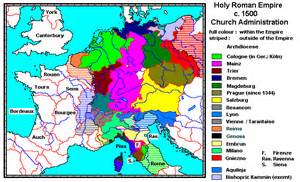
You must be logged in to post a comment.